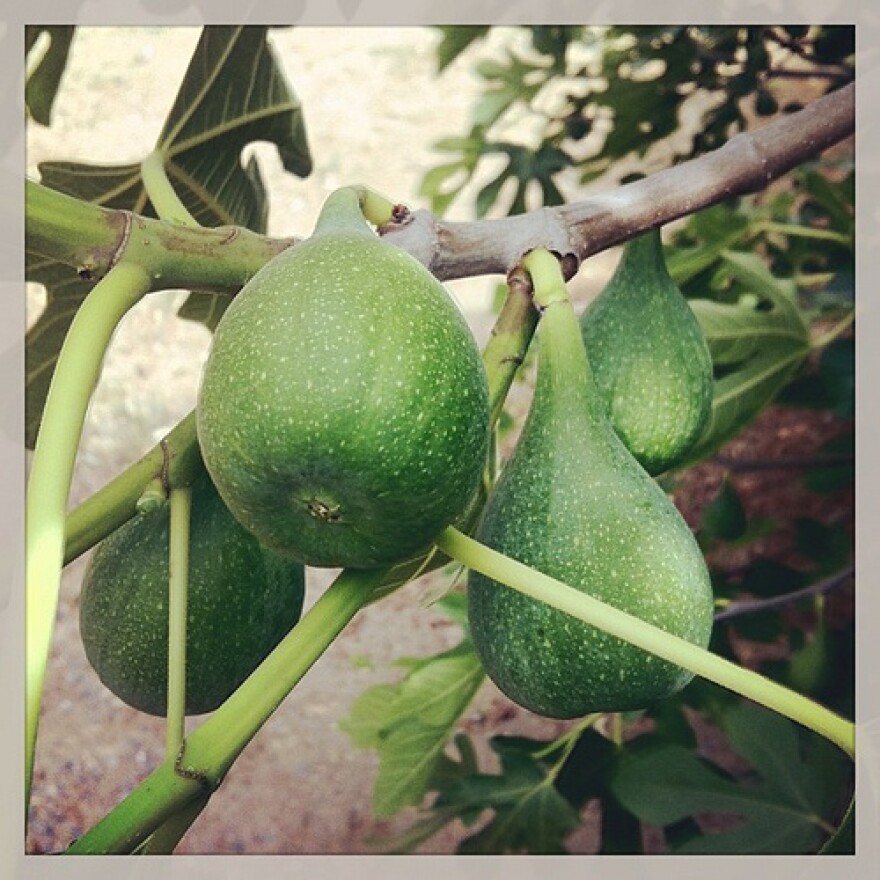A lot has happened in Central California since the last time Fresno State had a new president. On Tuesday, the California State University Board of Trustees selected Hanford native Joseph Castro as the eighth president of Fresno State. He will replace the soon-to-retire John Welty, who has led the university since August of 1991. We thought we'd take a look back at how much Fresno has changed over the past 22 years.
1) The city grew. A lot.
According to the 1990 Census, the City of Fresno's population was a mere 354,000. As of 2012, the city's population topped 501,000, an increase of 41.5 percent.

2) A "spaceship" landed at Fresno and "P" Street
Fresno's glass and steel city hall building was brand new in 1991. While for most Fresnans the "mothership" has become an accepted part of the city's skyline, it generated considerable controversy when it was new.
Designed by the renowned Canadian architect Arthur Erickson, (together with Fresno's William Patnaude), the building's angular roofline was meant to evoke the peaks of the nearby Sierra Nevada mountains. Instead, most people thought the $28 million structure looked like something from a sci-fi movie. Of course, they were proven right just a few years later when the building had a cameo in the film "The Puppet Masters."

3) Fresno had its very own college football bowl game
In the days before the Beef O'Brady's Bowl and the Belk Bowl, there was the California Bowl, held at Bulldog Stadium from 1980-1991. For a time, the local raisin industry was the title sponsor to make it the California Raisin Bowl. The final game was played on December 14, 1991 and saw Fresno State lose to Bowling Green, 28-21. After 1991, the game left Fresno became the Las Vegas Bowl.
http://www.youtube.com/watch?v=QKFdP1E6l3k

4) There were still some figs in North Fresno
It's hard to believe now, but North Fresno was once home to thousands of acres of fig orchards. Most of them were already gone by 1991, paved over to make way for houses and parking lots, but some remained. Local high schoolers knew "the figs" well, proving to be a prime spot for late night parties. Today almost all of them are gone.
5) The city was trying to revitalize downtown
Well, this is one thing that hasn't changed much since 1991. Back then, the city was working with local landscape architect Paul Saito on a plan to remake the area around the Fulton Mall. Now 22 years later, the city (minus Saito) is doing much the same thing with the Fulton Corridor Specific Plan. One thing that's different this time? Back in 1991, part of Saito's plan was finding a site for a new downtown baseball stadium. Today, we know it as Chukchansi Park.

6) There was no River Park
Fresno had a river in 1991. And it also had plenty of parks. But "River Park" was just a twinkle in developer Ed Kashian's eye when John Welty began his tenure as Fresno State president. While the planning for the massive shopping center dates back as far as the 1970's, it wasn't until the late 1990's that the retail portion of the project took off, becoming the king of Fresno big box centers. A night at the movies in Fresno would never be the same.
7) Fresno's unemployment rate was lower
In September 1991, Fresno's unemployment rate fell to a non-seasonally adjusted 8.2 percent. This was despite the recession of the early 1990's, and levels that had reached as high as 15.6 percent earlier that year. Today, the unemployment rate stands at about 14 percent.
8) Fresno lost out on a bid for UC San Joaquin
Back in the early 1990's the University of California was looking to build a new campus in the San Joaquin Valley. Sites in Fresno County, Madera County and Merced were in the running. In September 1991, Madera County voted to speed up development plans in the area along Highway 41 just north of Fresno, in an effort to lure the campus. While the university wound up in Merced, that planned development, known as Rio Mesa, became the home of Children's Hospital Central California and remains a source of controversy to this day.


